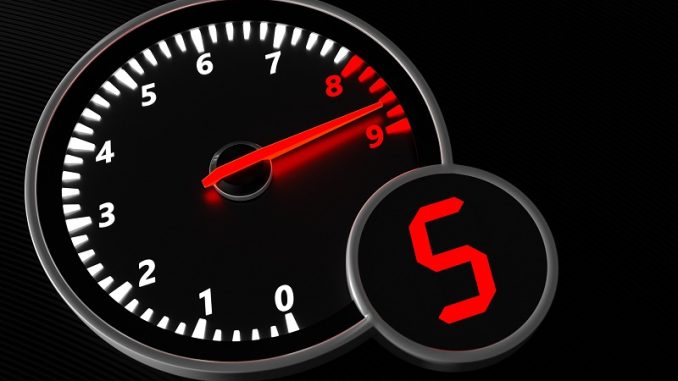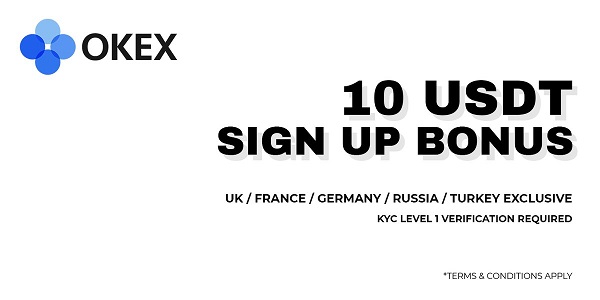
The highly anticipated Ethereum Shanghai upgrade is only days away now.
The Shanghai upgrade is causing a lot of activity on Lido finance.
The “staking rate limit” was activated after the daily staking limit of 150,000 Ether was reached.
As reported in our earlier news, the Lido Finance protocol is witnessing a surge in activity amid the upcoming Ethereum Shanghai/Capella upgrade. The rise in activity mainly attributed to increasing ETH staking has consequently caused the price of Lido Dao (LDO), the native token of Lido Finance, to hike considerably over the past few days.
At press time, LDO was trading at around $3.09, up 4.09% in the past 24 hours.
“Staking Rate Limit” activation
Lido Finance had to activate its “Staking Rate Limit” safety feature after over 150,000 ETH tokens were staked in a single day on February 25. According to a tweet by Lido:
“Lido protocol has registered its largest daily stake inflow so far with over 150,000 ETH staked. Upon reaching this number, a curious (but important) protocol safety feature called Staking Rate Limit was activated.”
Lookonchain, a keen on-chain analyst, shared a screenshot that showed that the 150,100 ETH could have been made by a single user, with three deposits of 50,000 ETH each, and one of 100 ETH.
As a liquid staking protocol, Lido Finance allows users to stake Ether (ETH) without needing to lock their tokens, as with most crypto staking platforms. When a user deposits ETH on Lido, he/she is issued with a liquid variant of the deposited ETH, called staked ETH (stETH). The stETH entitled the users to daily staking rewards.
How the rate limit will work
In a guide, Lido Finance stated that the “Staking Rate Limit” acts as a “safety valve” and it aims at limiting the amount of stETH that can be minted during high inflow times so as to mitigate ill side effects like rewards dilution.
In the guide, Liod states that the “Staking Rate Limit”:
“Works by decreasing how much total stETH can be minted at any one time based on recent deposits, and then replenishing this capacity on a block-by-block basis.”
The replenishing capacity is capped at the rate of 6,200 Ethereum ETH per hour.
More than $9.162 billion ETH has been staked with Lido Finance as of February 27, according to the protocol’s website. The amount of staked ETH on the protocol has increased by almost $4 billion since the beginning of the year.





Be the first to comment